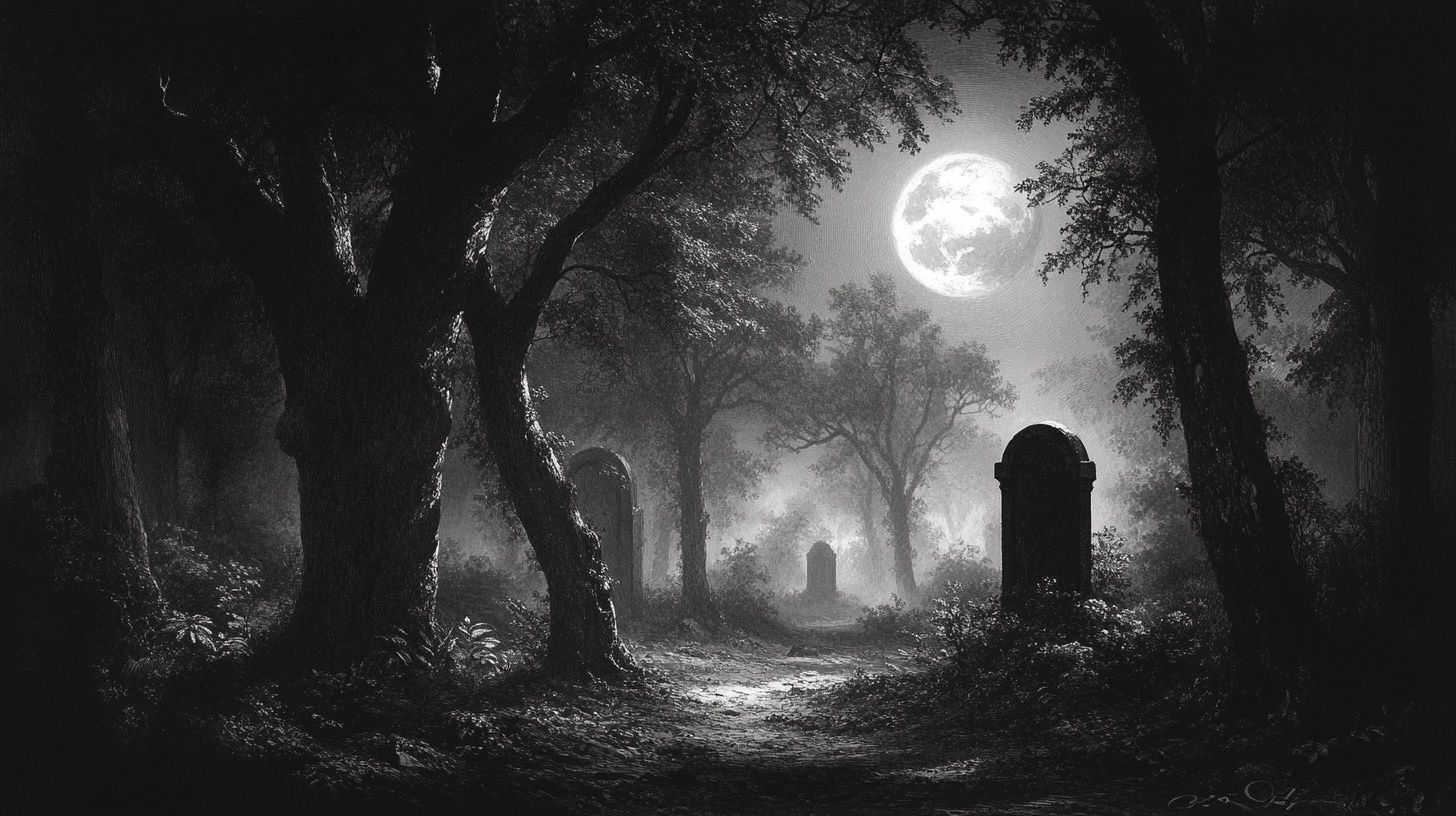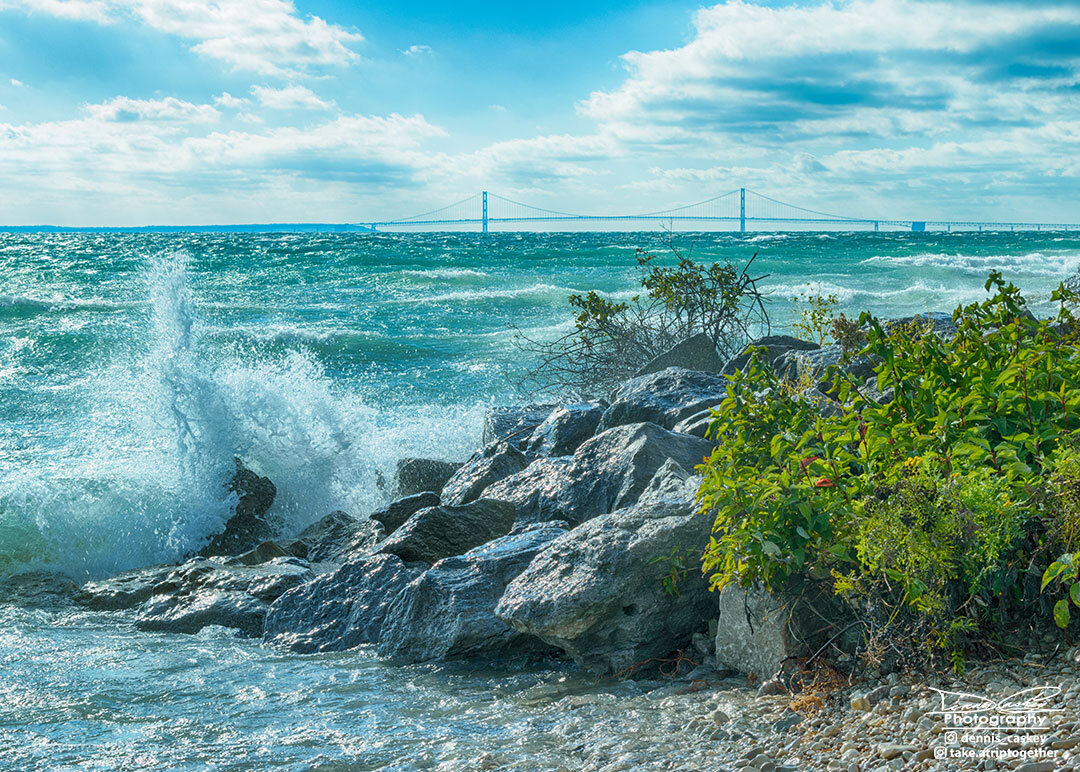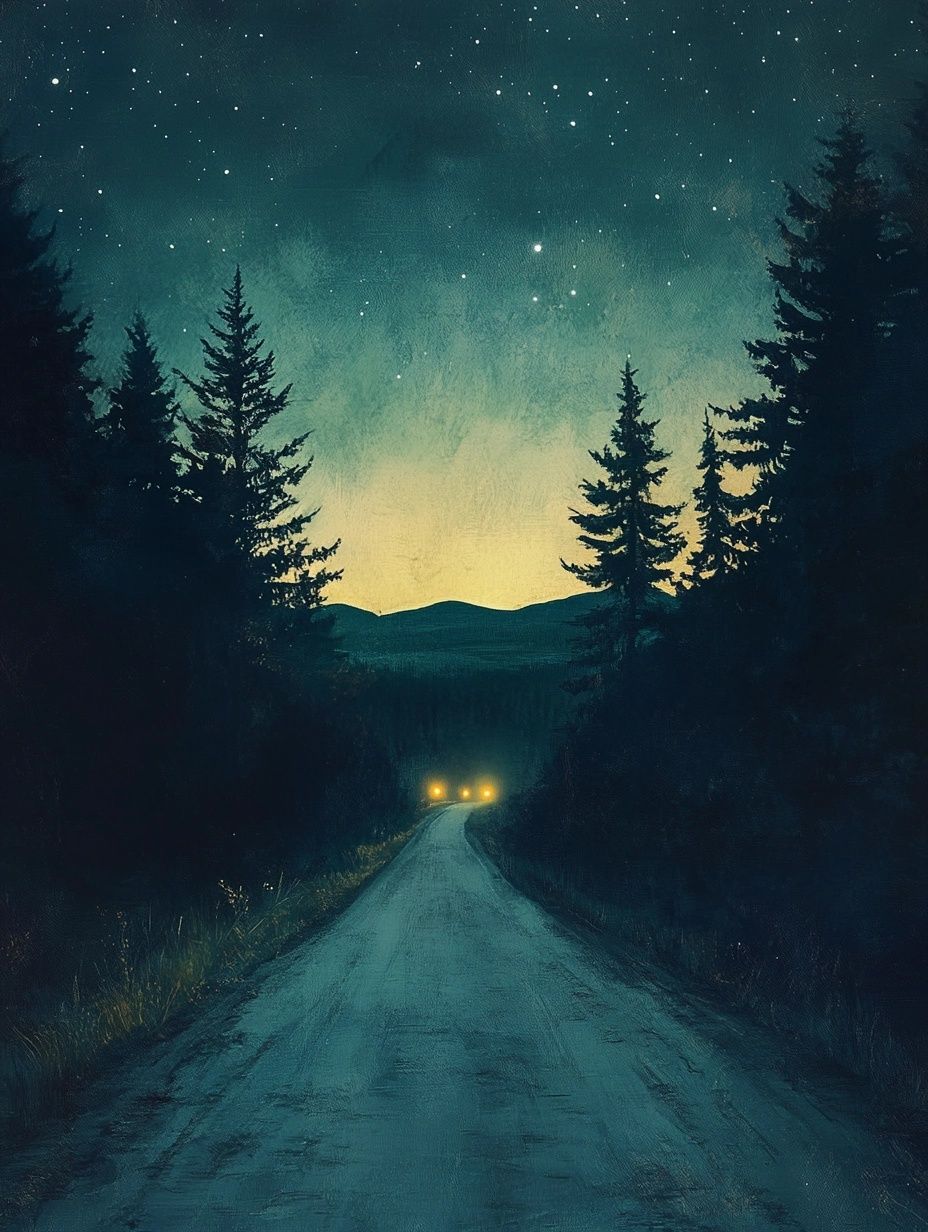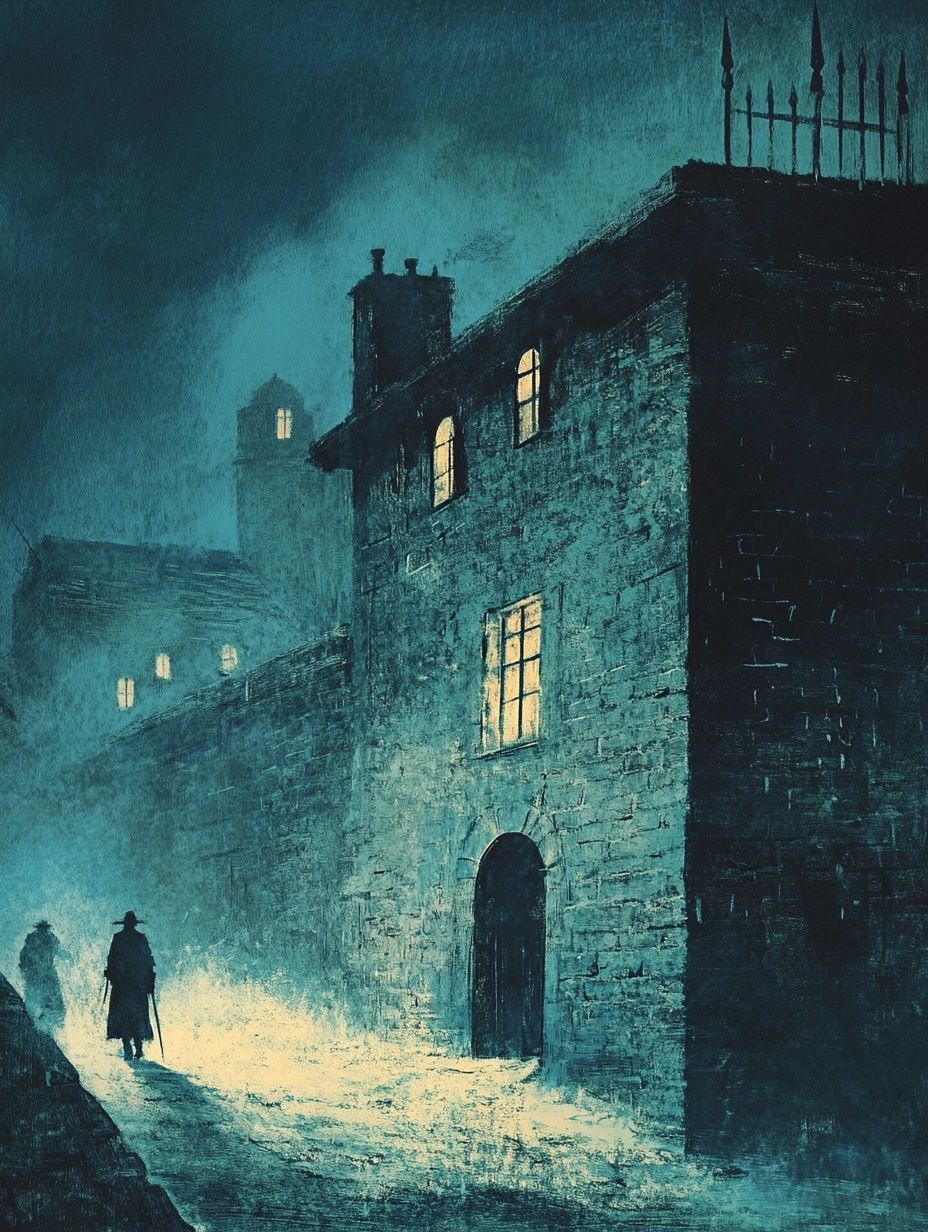Michigan’s supernatural stories attract visitors and locals. From the shores of the Great Lakes to the northern forests, Michigan’s landscape provides a backdrop for unexplained tales. The state’s geography and cultural heritage from Native American, French, and early American settlements have created a unique folklore tradition in the Midwest.
Ghost hunters, history enthusiasts, and curious travelers are drawn to Michigan’s haunted destinations annually. The spectral lighthouse keepers along the shorelines, mysterious forest creatures, and urban legends create an intriguing paranormal landscape. These tales are deeply connected with the state’s actual history, creating a supernatural experience that feels distinctly Michiganian.

- Michigan folklore: Where legends and myths intertwine with history. Source: mythfolks.com
Michigan’s haunted history appears in multiple locations. Mackinac Island is a prominent paranormal location, with centuries of history creating layers of ghostly activity. The Mission Point Resort contains the spirit of a college student nicknamed “Harvey,” whose mysterious 1970s death generates unexplained phenomena. Visitors and staff report cold spots, moving objects, and apparitions in the theater and guest rooms.
The Paulding Light in the Upper Peninsula shows mysterious orbs along an old railroad corridor. While skeptics suggest these are distant highway headlights, many visitors argue that the lights’ timing, colors, and movements cannot be conventionally explained. Michigan’s historic lighthouses reveal tragic stories of keepers who remained at their posts after death. The Seul Choix Point Lighthouse is known for Captain Willie Townsend’s ghost, with his cigar smoke still detectable in the keeper’s quarters.

- Mackinac Island: A historic beacon of Michigan’s ghost stories. Source: takeatriptogether.com
Michigan’s forests and waterways host intriguing legendary creatures. The Michigan Dogman, a werewolf-like being first reported by lumberjacks in the 1800s, gained modern attention through a 1987 radio song. Described as a seven-foot-tall canine walking on two legs, the Dogman reportedly appears in seven-year cycles, primarily in the northwestern Lower Peninsula.
Detroit’s urban legend, the Nain Rouge (Red Dwarf), blends French and American folklore. This red-skinned creature with blazing eyes and sharp teeth appears before city disasters. Dating to Detroit’s 1701 founding, the Nain Rouge was supposedly cursed by city founder Antoine de la Mothe Cadillac. Today, Detroiters hold the Marche du Nain Rouge, an annual parade symbolically banishing the creature.

- The mysterious glow of Michigan’s Paulding Light continues to puzzle and fascinate. Source: mythfolks.com
The Wendigo legend from Algonquian peoples warns of a spirit possessing humans during famine, driving them to cannibalism. Once transformed, the person becomes an emaciated, ice-skinned monster with constant hunger. These legends discouraged excessive consumption during harsh winters when resources were scarce. The Wendigo remains fascinating as a symbol of greed and environmental destruction.
The Great Lakes have their own monster legends. Stories of serpentine creatures like Bessie in Lake Erie and Pressie in Lake Superior resemble global lake monster traditions. Described as snake-like with humped backs and horse-like heads, these creatures are Michigan’s equivalent to Scotland’s Loch Ness Monster, with sightings spanning centuries.

- Shadowy pasts and mystical stories collide at Michigan’s historic sites. Source: mythfolks.com
Michigan’s landscape includes Native American legends explaining its features. The Sleeping Bear Dunes commemorate a mother bear waiting for her cubs to swim across the lake, eventually covered by sand. The Great Spirit immortalized her devotion by creating the massive dunes and forming the Manitou Islands from her drowned cubs.
Mackinac Island’s creation story comes from an Ojibwe legend about a great turtle offering its back as the island’s foundation. This origin is reflected in the original name “Michilimackinac,” derived from the Ojibwe word for “great turtle.” These stories show how Indigenous peoples integrated the landscape into their spiritual understanding.
Michigan’s waterways feature Mishipeshu, an underwater panther controlling Great Lakes currents and storms. Depicted in petroglyphs with a mountain lion’s body, horns, and scales, Mishipeshu was respected and feared. Offerings ensured safe water passage, and the being was thought to guard Upper Peninsula copper deposits. Its enemy, the Thunderbird, battled Mishipeshu in confrontations believed to cause regional storms.
These legends are more than entertainment. For centuries, they have been cautionary tales, historical markers, and cultural identity expressions. They reflect Michigan’s mix of wilderness and civilization, where urban centers exist alongside untamed spaces. Paranormal traditions continue evolving, with new ghost stories emerging from abandoned industrial sites and former mental hospitals.
Those interested in Michigan’s supernatural side have many opportunities. The annual Marche du Nain Rouge in Detroit allows community folklore engagement. Mackinac Island offers ghost tours combining historical facts with paranormal investigations. The Upper Peninsula’s mysterious locations provide adventure for remote explorers.
These tales preserve regional history, celebrate cultural diversity, and maintain a sense of wonder. Through its ghosts, monsters, and myths, Michigan invites us to look beyond the ordinary and consider extraordinary possibilities in the Great Lakes State.
